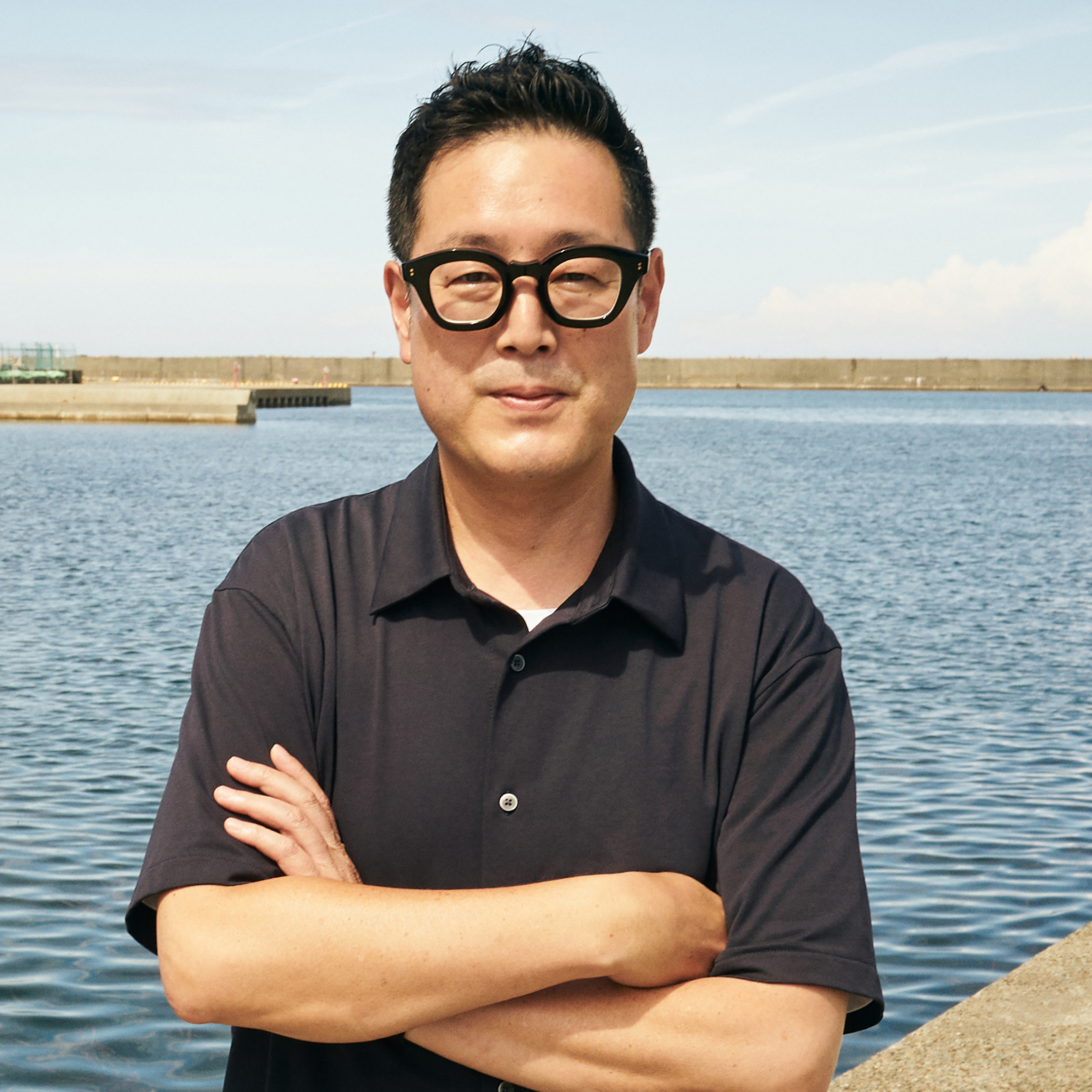20.Life after life
Morito Yoshida(Japan)

The title “Shōjōseze” (生生世世) embodies the meaning of “repeated rebirths” or “with each rebirth.” The phrase is deeply connected to Buddhist teachings and the concept of reincarnation, representing the idea that life and existence are not confined to a single occurrence but continue through successive lives.
One of the core teachings in Buddhism is samsara, the cycle of birth, death, and rebirth. Samsara describes how living beings are born again into this world after death. "Shōjōseze" refers to the endless cycle of this process. Humans, based on their accumulated karma, are reborn after death and aim to achieve liberation (nirvana), where they can escape the cycle of reincarnation. This process is often referred to as the Six Realms of Rebirth (Rokudō-Rinne), representing the various worlds into which souls may be reborn.
The Six Realms are: Hell, Hungry Ghosts, Animals, Asuras (demi-gods), Humans, and Devas (gods). At the entrance to this art installation, the Six Realms are represented through the arrangement of stones and light. Between the realm of the Hungry Ghosts and the Human realm, an IV drip is displayed, symbolizing the passage of time.
Eternal Connections
“Shōjōseze” can also refer to relationships that transcend a single lifetime, continuing through each rebirth. In relationships such as those between lovers or family members, the phrase may express the desire to remain connected for countless lifetimes: “May we be together for all eternity.”
The Cycles of Life
Beyond Buddhism, the idea of life repeating itself influences people's worldviews and way of living. Some believe that performing good deeds is essential not only in this life but also for the next, as reincarnation implies that the choices we make now resonate beyond this lifetime.
In this way, "Shōjōseze" signifies something far deeper than the mere continuity of time. It speaks to the eternal recurrence of existence and relationships.
Personal Context
My mother was diagnosed with acute myeloid leukemia on January 9, 2019, and after a long battle, passed away on March 15, 2024. Her illness and passing profoundly shaped the creation of this work.
- Religious Views on Life and Death -
Different religions offer unique perspectives on life, death, and what follows. In Christianity, life is seen as a one-time journey, with no cycles of rebirth. Concepts like samsara and the cycle of life and death are absent. Similarly, Judaism lacks teachings on reincarnation.
In Shinto, the souls of the deceased are believed to traverse between this world and the afterlife, dwelling with ancestral spirits and natural deities.
In Islam, the soul departs the body at death but is resurrected during the final judgment, where the righteous are admitted to paradise. Because of this belief, Muslims practice burial instead of cremation, as the body is necessary for resurrection.
Hindus believe in reincarnation as well, often adhering to a vegetarian lifestyle out of respect for all beings, as one might be reborn as an animal.
Ultimately, views on life and death—what it means to live, die, and what lies beyond—are shaped by cultural, regional, and individual diversity, making it a richly multifaceted topic.
Art Details
- Art Number:20
- Year of Production:2024
- Exhibition Period:September 22 (Sun) , 2024 - November 10 (Sun)
Closed on Tuesdays and Wednesday (excludes national holidays) - Admission Fee:Without Exhibition Pass - Individual ticket: ¥1,000
Venue & Access
- Location:TAACHI
- Opening Hours:August-September: 10:00-17:00,October-November: 10:00-16:00
- Closed:Closed on Tuesdays and Wednesdays
- Parking:i-Port Sado parking lot, the North Pier parking lot →View the location of the parking lot

吉田盛之Morito Yoshida
Born in 1972 on Sado Island, he began creating works in Tokyo in 1995. Since then, he has worked in the U.S., Okinawa, and other locations, and is now based on Sado Island. He is the founder and producer of the 'Sado Island Galaxy Art Festival,' and this is his second participation in the festival since the 2018 pre-event. Recently, his work has expanded beyond installations to include photography and abstract paintings.




